Carlton Turner on how art transforms culture

Transcript
[The words “Art Is” appear, followed by scrolling words…Empathy, Political, Hope, Powerful, Social Change…it stops at Transformation. Art Is Transformation.]
[A sitting man plays the marimba. Multiracial performers practice group dances.]
[Carlton Turner, Performing Artist and Organizer.]
Carlton Turner: Art is all about the ways that we practice cultural transformation. Artists are cultural strategists working to eliminate oppression in communities throughout the country, to make sure that those who have been disenfranchised have spaces where their voices can also be heard. Organizations like SpiritHouse in North Carolina, who’s doing work around harm-free zones and building safe spaces for young people, working with the city to shift the way that we think about safety.
[Artists brainstorm at Spirithouse.]
SpiritHouse Organizer Mya Hunter: Safety is no strikes you’re out. Safety is knowing that someone else is there who will assist.
Carlton: Those are examples of artists that are taking this community work and engaging in social transformation. We can begin to see our communities shift as a result of artists that are doing really frontline, hardline work and translating it into part of the landscape for social change.
[The words “Art is” appear, followed by scrolling words…Transformation, Expression, Change, Creativity, Healing…it stops at Justice. Hashtag Art Is Justice. Agree? Share this video.]
[Ford Foundation logo: a globe made up of a series of small, varied circles.]
[Production credits appear on screen. For a full list of credits, please review the downloadable transcript.]
Accessibility Statement
- All videos produced by the Ford Foundation since 2020 include captions and downloadable transcripts. For videos where visuals require additional understanding, we offer audio-described versions.
- We are continuing to make videos produced prior to 2020 accessible.
- Videos from third-party sources (those not produced by the Ford Foundation) may not have captions, accessible transcripts, or audio descriptions.
- To improve accessibility beyond our site, we’ve created a free video accessibility WordPress plug-in.
Carlton Turner works nationally as a performing artist, organizer, policy shaper, lecturer, consultant, and facilitator. He is the executive director of Alternate ROOTS, a regional arts service organization based in the South, supporting artists working at the intersection of art and social justice.
He also founded the newly formed Mississippi Center for Cultural Production, an organization working at the intersection of new media production and agriculture to support cultural, social, and economic development in his rural hometown of Utica, Mississippi. In addition, he and his brother Maurice Turner are co-founders and co-artistic directors of M.U.G.A.B.E.E. (Men Under Guidance Acting Before Early Extinction), a Mississippi-based performance group blending jazz, hip-hop, spoken word poetry, and soul music with non-traditional storytelling.
Turner serves on the boards of First People’s Fund, Imagining America, the Center for Media Justice, and Project South for the Elimination of Poverty and Genocide. He is a member of the We Shall Overcome Fund’s advisory committee at the Highlander Center for Research and Education. He is also member of the Art x Culture x Social Justice Network steering committee, a former member of the Network of Ensemble Theaters steering committee, and a founding collaborating partner in the Intercultural Leadership Institute.
He lives in Utica, Mississippi, with his wife and three children.
Other videos in this series

Michelle Dorrance on how tap represents social change
Art can represent social change, and tap dancer Michelle Dorrance believes the history of American culture can be seen in the history of tap—early tap dancers were catalysts for social change. By referencing the past and showing a vision for the future, dance can change the world.
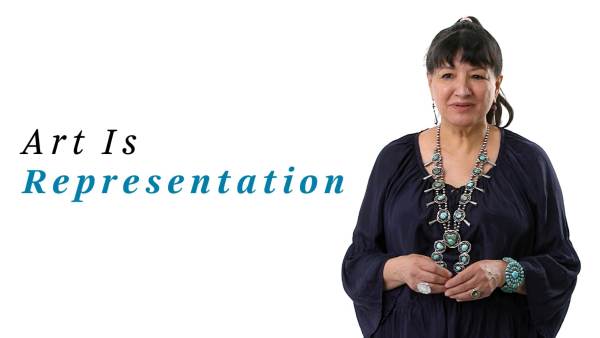
Sandra Cisneros on how art changes lives
Art can change lives for the better. Author Sandra Cisneros writes books that allow young people to see themselves represented on the page. As she says, when people see themselves represented in a way that is empowering, they feel more able to make a difference in the world.
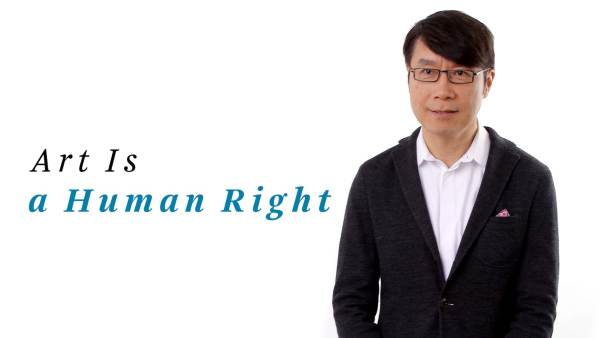
Samuel Hoi on art and human rights
Art is a way to shift reality and make an impact beyond the cultural field. Samuel Hoi cites Good Chance Theater staging shows at a refugee camp in northern France as an example of how art can uplift human rights.
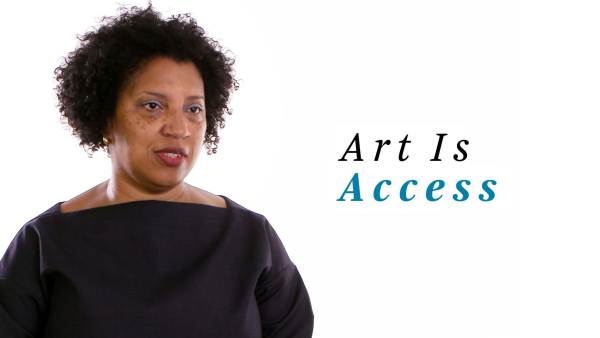
Robin Coste Lewis on how art creates access
Art can be a tool of resistance and beauty. Poet Robin Coste Lewis details how poetry helped her see her body as an aesthetic and political tool, and how art can allow marginalized communities to be seen and included.
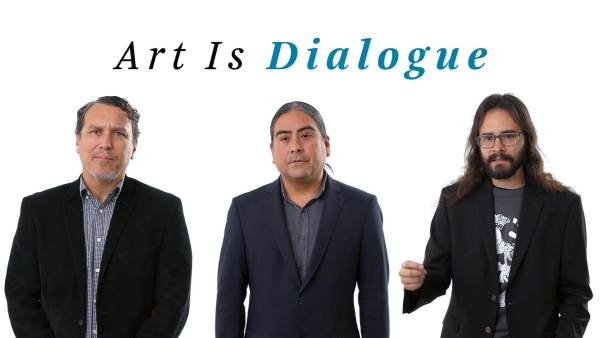
Postcommodity on using art to dialogue
Art can be used to create dialogue between people and break “us-versus-them” mentalities. The collective Postcommodity discusses how it uses art to uplift communities and ensure they have agency to communicate their own needs and desires.
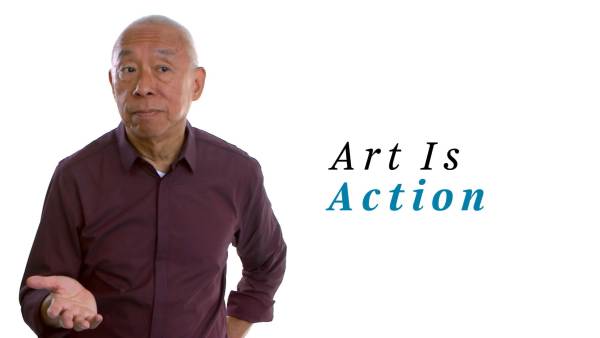
Ping Chong on using art to empower and heal
Art allows us to re-anchor into our humanity. In his work, artist Ping Chong creates spaces for ordinary citizens to speak their own truth on stage. In this way, he heals and affirms people, and helps create a society that’s more just and more humane.
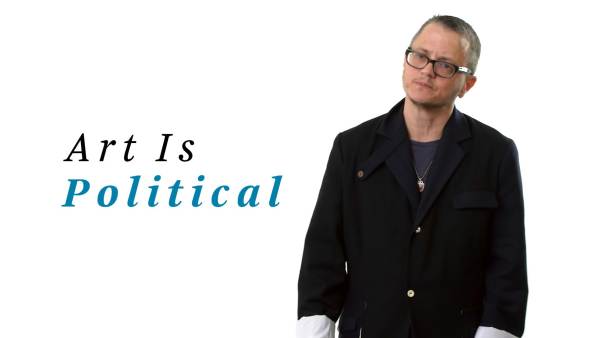
P Carl on the power of curation
Art has to be connected to the politics of our world, because it can bring us together in ways politics can’t. Theater director P Carl believes theater should be curated with the idea that everyone belongs, and in this way, it can help connect people to the issues that really matter.
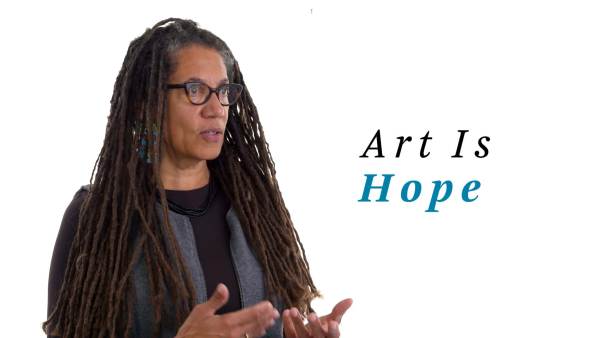
Nikky Finney on using art for change
Art can connect us across time. Poet Nikky Finney draws on stories from the past to challenge artists to continue their efforts for social change. She believes artists should heed lessons from the past and bring them into the future.

Mira Nair on cultural representation
Art gives us the ability to see other cultures and to look at the world anew. Director Mira Nair uses film to tell stories of marginalized communities that are not often represented on screen. She believes art can help people see their place in the world.
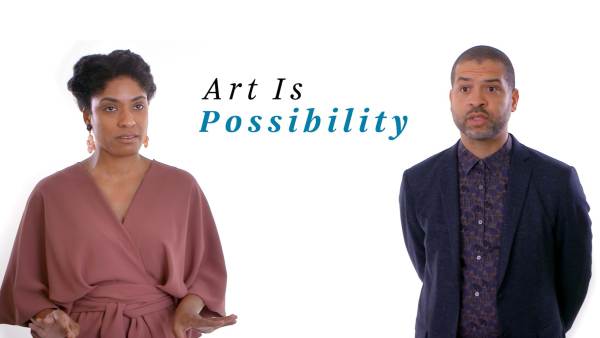
Alicia Hall Moran and Jason Moran on how art is possibility
Art has the power to make a big impact in our world. Musicians and educators Alicia Hall Moran and Jason Moran believe art has the potential to connect people and challenge inequalities. Through art, we can bridge the gap between past and present, and learn more about each other.
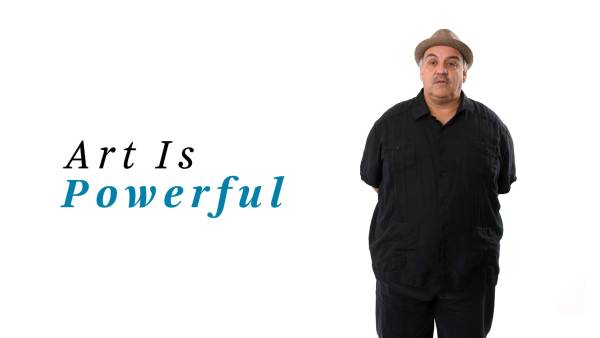
Luis Alfaro on the power of art and imagination
Art is powerful. Playwright Luis Alfaro shares how he uses art to stimulate the imaginations of those who might not be able to see a better life for themselves. He writes plays with narratives that allow people to envision themselves as free in the world.
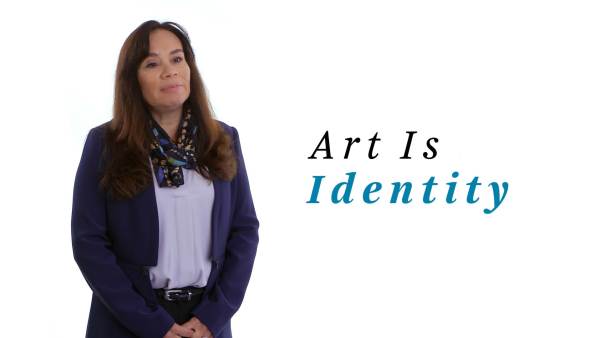
Lori Pourier on the link between art and identity
Art allows us to reveal our identities. President of First Peoples Fund Lori Pourier sees artists as changemakers in society who can help restore history and educate us about our past. In this way, artists can restore both public history and personal identity.
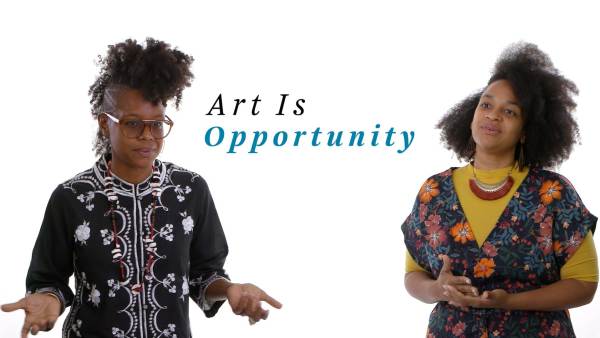
Las Nietas de Nonó on creating opportunities with art
Art gives us the opportunity to create change in communities. The art duo Las Nietas de Nonó use art to share voices of underserved communities in Puerto Rico. They believe in creating theater in alternative spaces, where people’s voices can be heard and a genuine exchange of voices takes place.
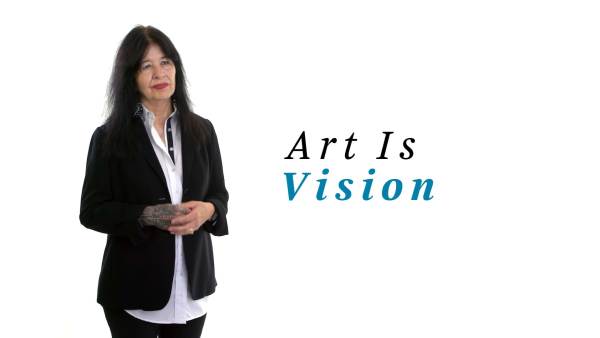
Joy Harjo on how artists have vision
Artists can give vision to a community. Poet Joy Harjo uses her art to strive for gender justice. She believes artists have a responsibility towards growing the communities they’re in, creating a vision for those around them and fostering compassion.
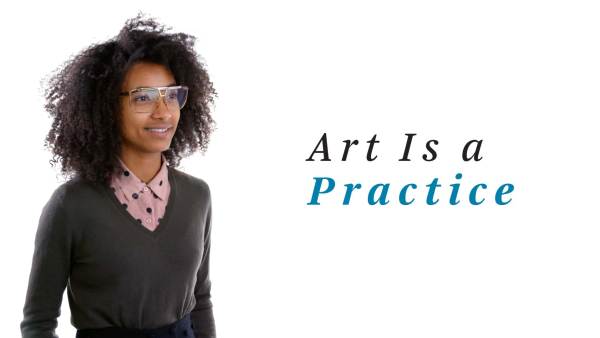
Esperanza Spalding on art as a practice
Art can help heal people. Grammy-winning musician Esperanza Spalding believes artists, through practicing their craft, can experiment and reposition their work to find the best ways to help and encourage people to transform negative situations for the better.
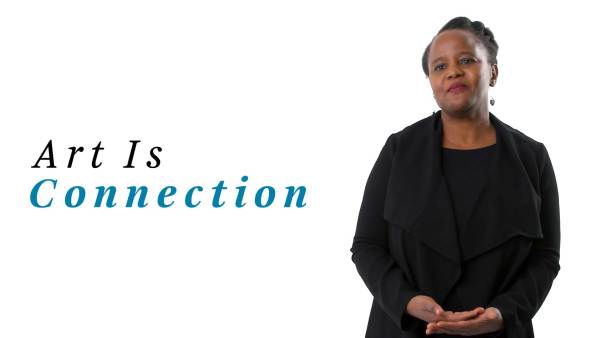
Edwidge Danticat on how literature connects us
Art can transport us to different places and connect us to each other. Novelist Edwidge Danticat uses her writing to share stories that dispel stereotypes and help foster greater understanding. She believes that breaking bias is done through sharing stories.
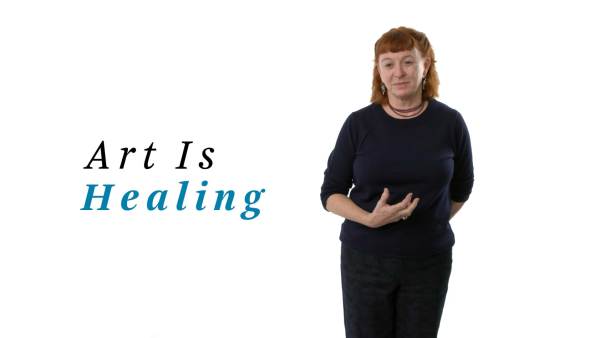
Deborah Luster on how art heals
Art encourages healing by connecting stories between people. Deborah Luster knows firsthand how art can help others heal. She channeled the pain she felt after her own loss to help bring about healing in a prison community.